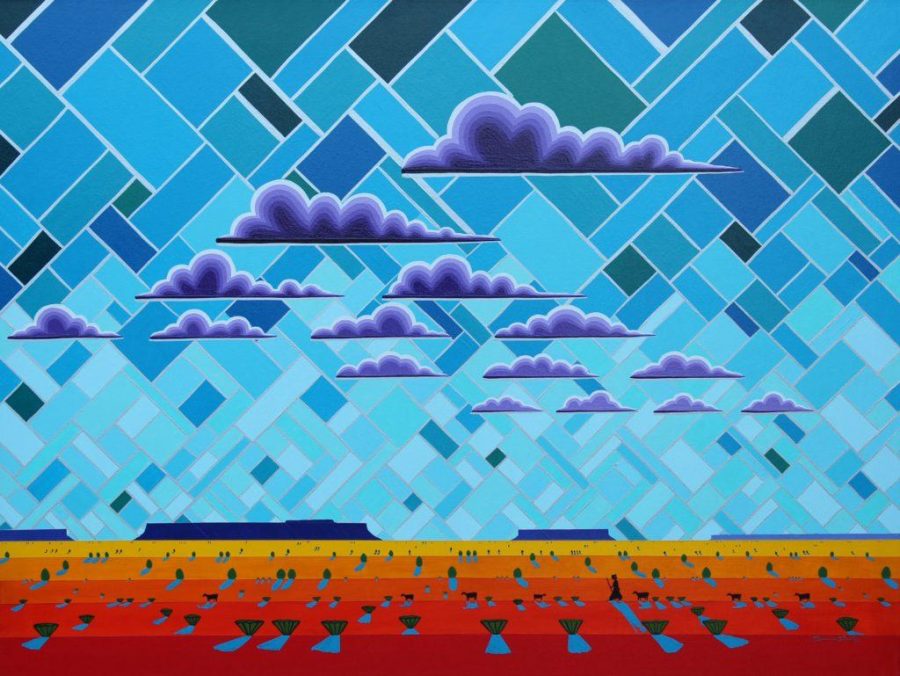When students shape their hands as a U, yelling “Go Utes!” what does that really mean? For many, it’s only a symbol of pride and celebration for U fans. However, for others, it means a lot more than that.
Utah is named after the Ute tribe, which evolved from the Spanish designation of the tribe, “Yutas.” The Ute Nation once covered most of Utah, Colorado and northern Mexico. As the trappers, miners and pioneers of the Church of Jesus Christ of Latter-day Saints moved west, conflict arose among cultures. Settlers cut Native Americans off from their traditional way of life. In the interest of Manifest Destiny, the United States federal government forced Native Americans off of their land and onto reservations.
Today, Utah’s Shoshone, Goshute, Ute, Paiute and Navajo people live on a small piece of the land of their ancestors.
There is an ongoing debate over whether or not it is appropriate for the U to use the “Utes” as a nickname. In 2014, the Ute tribe renewed their agreement with the U to allow the school to use the name. In return, the U committed to funding scholarships for Native American students and cooperating with the tribe to inspire tribal youth to pursue post-secondary education, as well as working to increase recognition of Native American history in the state and the many different ways Native American tribes continue to strengthen the community.
The Natural History Museum of Utah, located at the U, has an exhibit that recognizes Utah’s eight federally recognized tribes, which are:
Northwestern Band of Shoshone Nation
Paiute Indian Tribe of Utah
San Juan Southern Paiute Tribe
Skull Valley Band of Goshute
Confederated Tribes of Goshute
Navajo Nation
Ute Indian Tribe
White Mesa Community of the Ute Mountain Ute Tribe
The Native Voices exhibit is located on the fifth floor of the museum in a circular gallery.
“The room is absolutely beautiful,” said Chris Oliver, fifth-floor administrator at the Natural History Museum.
The room was designed with the help of the Indian Advisory Committee to ensure that the Native American art and culture portrays the memory and presence of Utah’s indigenous people.
“The museum also offers a number of different events that recognize and focus on these indigenous tribes. A few of those events are: Indigenous Day Celebration, Miss Navajo, Graduation Ceremony for Indigenous Students and the Indian Art Market,” said Oliver.
Students can visit the Native Voices exhibit free of charge and non-students can visit for $14.95, seven days a week from 10 a.m. to 5p.m.
On campus, students can also visit the American Indian Resource Center, where students can find academic advising, student groups, cultural support and a student lounge.
@kelsey_Kenyon


